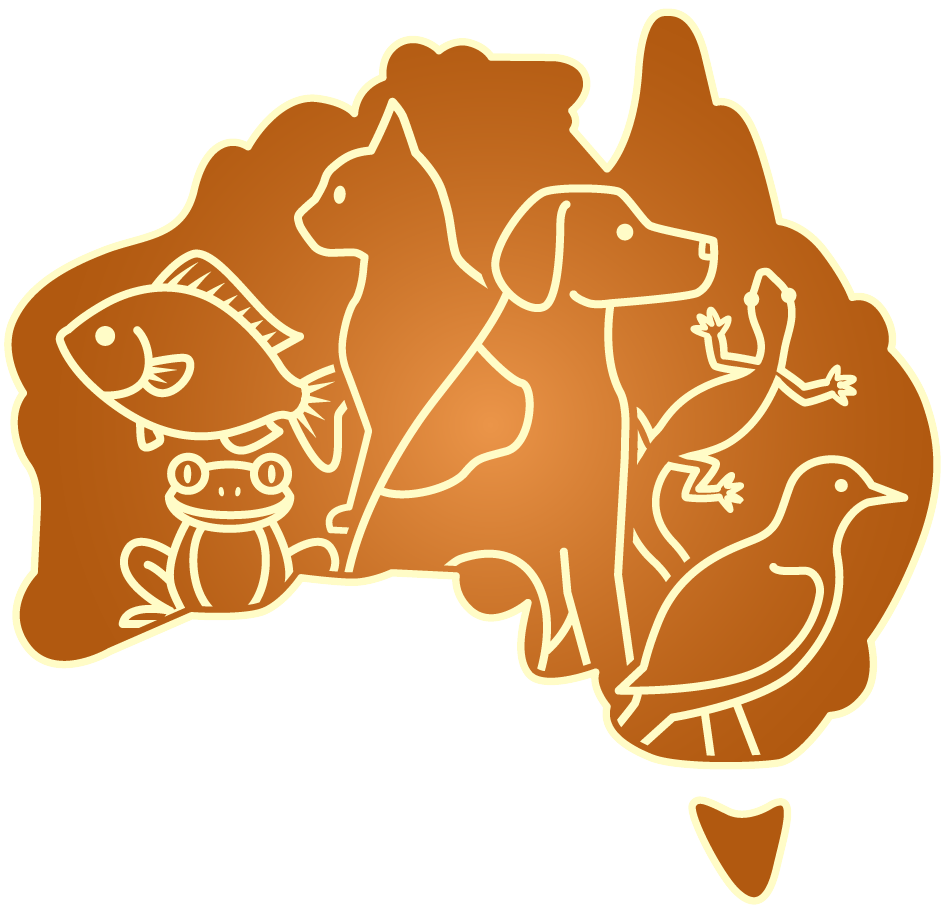Australia, with its diverse range of avian species, has a growing community of bird enthusiasts. From the colourful parrots of the east coast to the songbirds of the hinterland, our love for these feathered creatures has led many to create a haven for them in our own backyards. One of the prime considerations when housing birds is selecting the perfect aviary. This guide aims to assist Australian bird lovers in making that choice.
1. Understand Your Bird's Needs
Before you even start looking for an aviary, you must first understand the specific needs of the bird species you wish to house. For instance, finches prefer wide spaces to fly horizontally, while parrots need vertical space to climb and play. The size, design, and placement of your aviary will greatly depend on the natural behaviours and preferences of your birds.
2. Choosing the Right Material
Australia's varying climates demand that aviaries be made of sturdy materials. Here are a few options:
- Stainless Steel: Rust-free and durable, this is an excellent material for coastal areas where the air is salty. Though it might be on the pricier side, it's a long-term investment.
- Galvanised Steel: Typically used in many Australian aviaries, it's rust-resistant but needs regular checking for wear and tear.
-
Aluminium: Lightweight and rust-proof, aluminium is also a popular choice, though it might not be as sturdy as steel against aggressive birds or external threats like predators.
3. Aviary Size and Design
The size of the aviary should give your birds ample space to fly, play, and exercise. Birds that are confined in too small a space can become stressed and exhibit health issues. If you're housing multiple birds, ensure there's enough room to prevent territorial disputes.
A good rule is to go as large as your space and budget allow. Moreover, incorporate natural elements like branches for perches rather than just using dowel rods. This not only mimics the bird's natural habitat but also helps in keeping their feet healthy.
4. Location, Location, Location
The placement of your aviary is crucial. Australian summers can be scorching, so avoid direct sunlight exposure during peak hours. However, some morning or late afternoon sun is beneficial for the birds. Ensure the aviary isn't placed in drafty areas, especially during colder months.
Consideration should also be given to the view the birds have from their aviary. A view of nature can be stimulating. However, ensure there are no potential threats or predators, like cats, in their line of sight, which could stress them.
5. Safety and Protection
Australia is home to various predators, including snakes, cats, and foxes, that might see your birds as an easy snack. Ensure the aviary mesh is of an appropriate size so that no predator can reach in, and no bird can get out. Also, consider a double-door system (safety porch) to prevent birds from escaping when you enter or exit.
In areas prone to insects and mosquitoes, which can transmit diseases, a finer mesh or insect-proof screens might be necessary.
6. Maintenance is Key
For the health of your birds and longevity of the aviary, regular maintenance is crucial. Choose aviaries with easy-to-clean features. Trays or removable floors make cleaning droppings easier. Also, ensure you can easily replace perches or toys without too much disruption.
Investing in the right aviary ensures that your birds have a comfortable and safe environment. While the initial investment might seem hefty, remember that a well-chosen aviary will stand the test of time and provide your birds with a loving home for years to come. For those in Australia, consider not just the aesthetic and cost but also the practicality against the local climate and potential threats.
After making an informed aviary choice, head over to our store to explore a range of aviary accessories, from toys to feeders, designed with your birds' well-being in mind.

